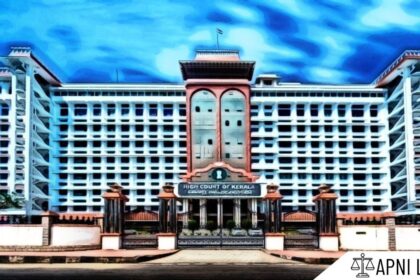The Information Technology Act, 2000, was enacted to regulate digital activities in India. It safeguards users against cybercrimes and misuse of digital platforms. As technology advances, privacy concerns rise. To address this, the Act includes Section 66E, which protects individuals from digital voyeurism and privacy violations.
What is Section 66E of the IT Act?
Section 66E states:
“Whoever intentionally or knowingly captures, publishes or transmits the image of a private area of any person without their consent, under circumstances violating the privacy of that person, shall be punished with imprisonment up to three years or a fine not exceeding two lakh rupees, or both.”
This law focuses on unauthorized photography or video recording of private parts or intimate acts.
Simple Explanation of Section 66E Of The IT Act?
Section 66E deals with protecting a person’s bodily privacy in the digital space.
If someone secretly takes or shares pictures or videos of a person’s private body parts, without consent, it’s a punishable crime.
This section also applies if someone forwards such content or uploads it online, even if they didn’t record it themselves.
Consent and context matter. If the person expected privacy, like in a bedroom, bathroom, or changing room, this law applies strictly.
Illustration of Section 66E Of The IT Act?
A person hides a phone in a trial room of a clothing store and records customers changing clothes. They then share the footage on messaging apps.
This is a clear violation under Section 66E. The act of capturing and distributing private images without consent, especially in a private setting, attracts punishment.
Recent Real-Life Case under Section 66E Of The IT Act?
In January 2025, Bengaluru Police arrested a 24-year-old man for secretly recording his female coworker while she was changing in the office washroom.
He had installed a hidden camera and was found distributing the clips to a private WhatsApp group.
Police acted on a complaint, traced the device, and seized all related media. He was booked under Section 66E of the IT Act along with relevant sections of the IPC. The case brought attention to the urgent need for surveillance and privacy policies in workplaces.
State of West Bengal v. Animesh Boxi (2018)
This case is one of India’s first significant convictions for revenge porn. Animesh Boxi, a resident of West Bengal, was found guilty of uploading intimate photos and videos of his ex-girlfriend to pornographic websites without her consent.
He also circulated the content through social media platforms.
Authorities charged the accused under multiple sections of the Information Technology Act, 2000, including Section 66E for violation of privacy, Section 67 for publishing obscene material in electronic form, and Section 67A for publishing sexually explicit material. They also charged him under Sections 354A and 509 of the Indian Penal Code for outraging the modesty of a woman.
The court sentenced him to five years of imprisonment, making it a landmark ruling that emphasized the Indian judiciary’s zero-tolerance approach toward digital sexual exploitation.
Conclusion
Section 66E of the Information Technology Act is vital in today’s digital world. It defends personal dignity and ensures that privacy is respected, both online and offline. As smartphone cameras and hidden devices become more common, so do risks to personal privacy.
This law sends a strong message: violating someone’s digital privacy is a serious offense. Individuals must stay cautious and report any suspicious behavior. Digital rights are human rights, and Section 66E ensures they are protected.








